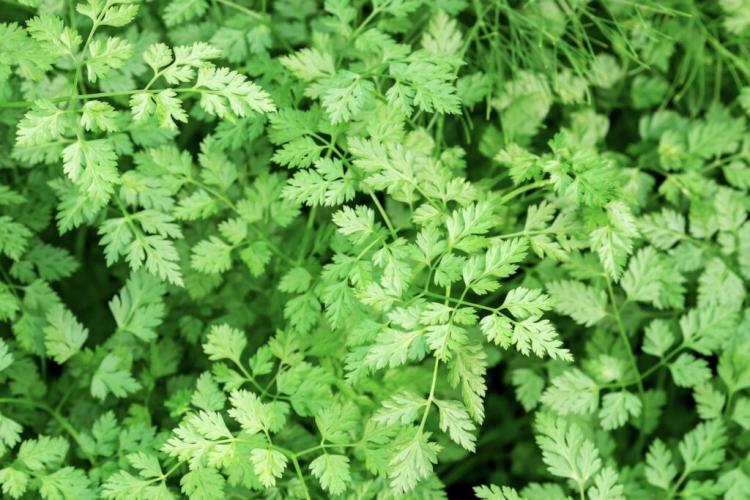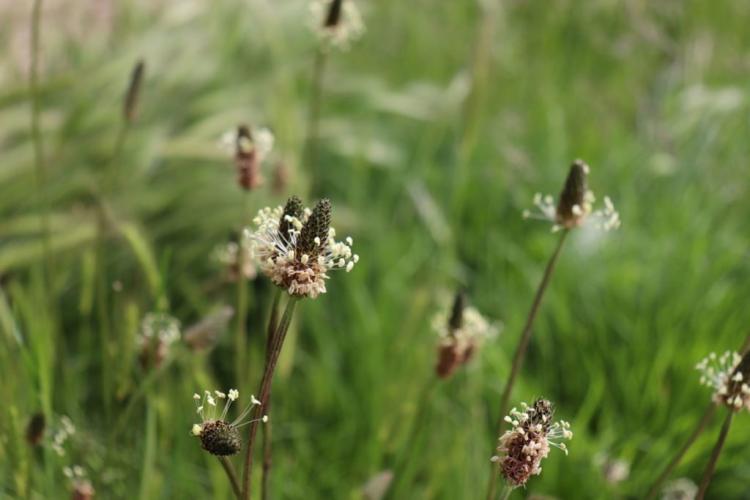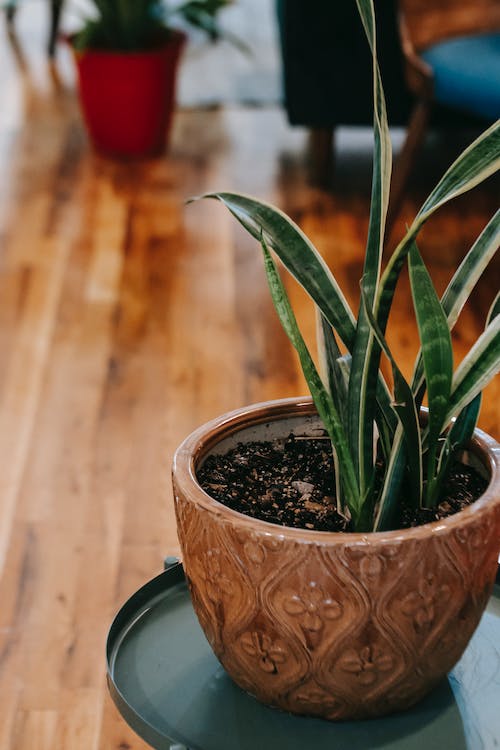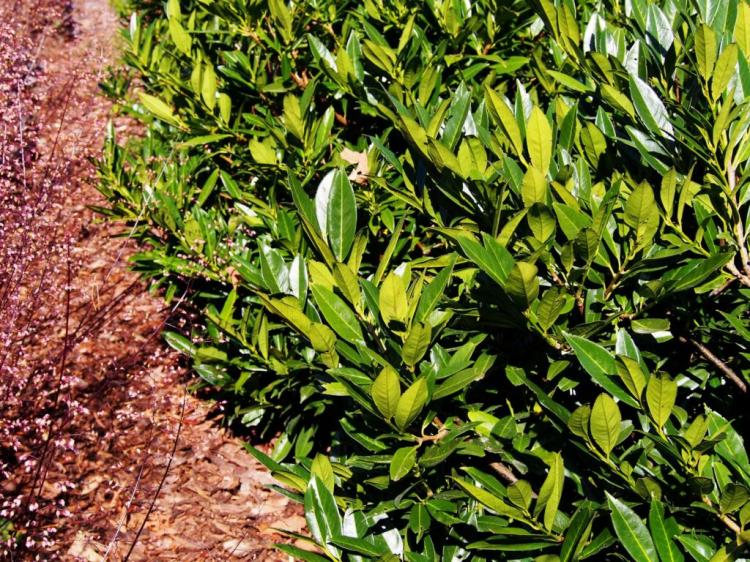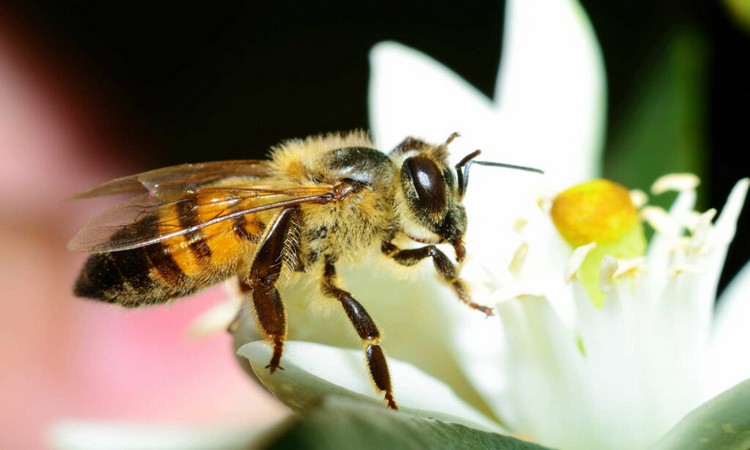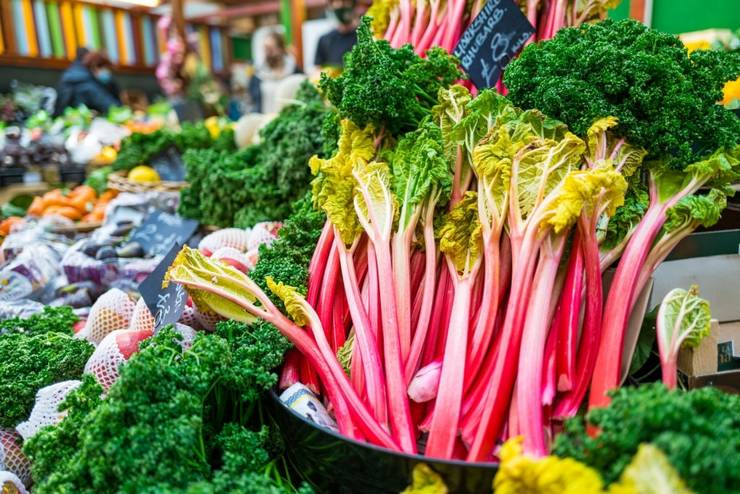Chervil: planting, care and use
The real chervil is an aromatic herb that is easy to care for and has even been used in naturopathy. With us, you can find out everything about growing and using the chervil.
The real chervil ( Anthriscus cerefolium ) has been a popular herb since ancient times. It also finds good conditions in our latitudes and inspires with its fresh and highly aromatic taste. We introduce the ancient herb and give tips on the cultivation and use of the real chervil.
Chervil: origin and characteristics
Table of Contents
The chervil originally comes from southern Europe and the region up to the Caucasus. The herb came to our latitudes through the ancient Romans, but initially only persisted there sporadically. The chervil has only been grown in Germany for a good 400 years. The leaves of the real chervil are similar to those of carrots ( Daucus carota ) and parsley ( Petroselinum crispum ), like them it belongs to the Umbelliferae ( Apiaceae ).
There are smooth-leaved and curly-leaved varieties, all of which are annual. Smooth-leaved chervil can easily be confused with the highly poisonous hemlock ( Conium maculatum ). The chervil blooms in the first year. The leaves only have their aromatic taste before flowering, reminiscent of a mixture of anise ( Pimpinella anisum ), parsley, and fennel ( Foeniculum vulgare ). Old and dried chervil leaves hardly have any taste – the leaves should therefore always be used fresh.
You May Also Like Parsley Varieties
Planting real chervil
The chervil grows very well in our latitudes and can be harvested continuously until it blooms. You will learn how to grow and care for the chervil in the following paragraphs.
The right location for chervil
The real chervil prefers moist, loose garden soil and can stand well in partial shade, which also extends the harvest time until flowering. Chervil will flower earlier in hot, sunny locations. Chervil is a poor eater and only needs small amounts of other nutrients besides potassium. Locations with little hummus are also suitable for growing chervil in the garden.

Sow chervil
The seeds of the chervil are sown directly into the bed from March to August, the row spacing should be about 10 to 15 cm. Since the chervil forms flowers after about eight weeks and can therefore no longer be cut, it is worth sowing several times in a row. The chervil plants sown in June and July very quickly initiate the flowering phase, as the long-day plant is stimulated to bloom by the long periods of daylight. A break in cultivation during these months can therefore make sense.
You might so like: Everything About Care And Growing Tobacco Plant
Plant out the chervil
Chervil plants are also available in pots or as small young plants, which of course can also be planted in the bed. However, sowing them often produces better yields than planting chervil and costs much less.
Maintain chervil
The fast-growing chervil has only a small need for nutrients, but it removes large amounts of potassium from the soil. A predominantly organic fertilizer, such as our Plantura organic tomato fertilizer, prevents symptoms of deficiency and supplies the chervil with nitrogen and potassium. For the weak eater, 40 g / m² of fertilizer granulate is sufficient, which is evenly broken down by the soil organisms and thus releases the nutrients. Chervil can be harvested up to eight weeks after sowing, after which it will flower. During this time you should water regularly because the chervil loves it moist.
The real chervil can be infected with powdery mildew and rust fungi, aphids, and the carrot fly attack the fast-growing plant now and then. A mixed culture with pest-repellent neighbors, such as leek plants ( Alliaceae ) against the carrot fly, can help.
You might so like: Zamioculcas: Tips For Buying, Repotting And Maintaining The ZZ plant
Is Chervil hardy?
Chervil is not hardy because it blooms in the first year, forms seeds, and usually dies quickly. The herb can therefore hardly be overwintered. Instead, it is best to sow the chervil on the windowsill in autumn so that the aromatic herb can also be harvested in winter.
Harvest chervil
The green leaves can be easily cut off with scissors and harvested in portions for fresh consumption. The harvest quantity can be up to 1.5 kg / m². The seeds of the chervil can be harvested later in the year as soon as they turn brown on the drying umbels. They come off easily – so it is best to cut the whole umbels in the morning when there is dew and let them dry in the house. The seeds germinate well for about two years.

Use and preserve chervil
Chervil is used as a condiment in salads and sauces, but chervil soup is also made from it. Various spreads and dips with the aromatic herb are particularly popular. As part of the famous Frankfurt green sauce, the chervil has its most famous appearance. In herbal medicine, the real chervil is used to flush the body. It can stimulate the detoxification activity of the kidneys, liver, and bile. For this purpose, tea is made from fresh chervil leaves several times a day. The daily dose is 5 grams. Pregnant women and kidney patients should not use chervil tea.
You might so like: Chickpeas: Tips On Planting, Caring For & Harvesting The Funny Pea
Extreme caution is also advised because of the risk of confusion with the poisonous hemlock, curly chervil varieties provide a remedy here. Chervil should be used fresh whenever possible to fully exploit the aroma. Drying minimizes the taste, a good alternative is to freeze the fresh chervil leaves.
There are many aromatic herbs in the Umbelliferae family, including coriander. You can find out how to grow the Asian spice here in our special article.
